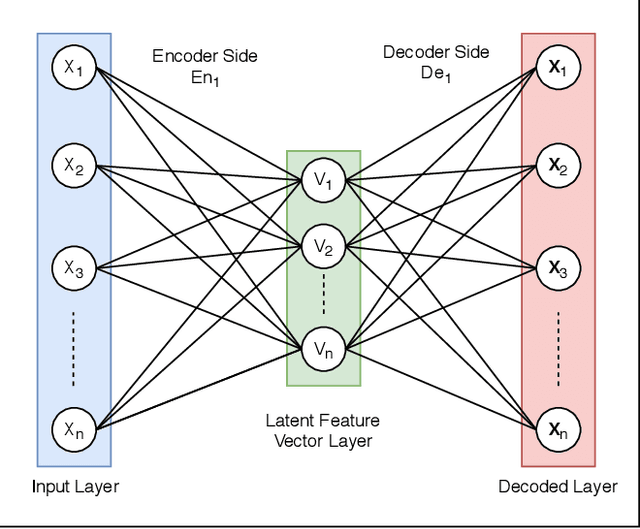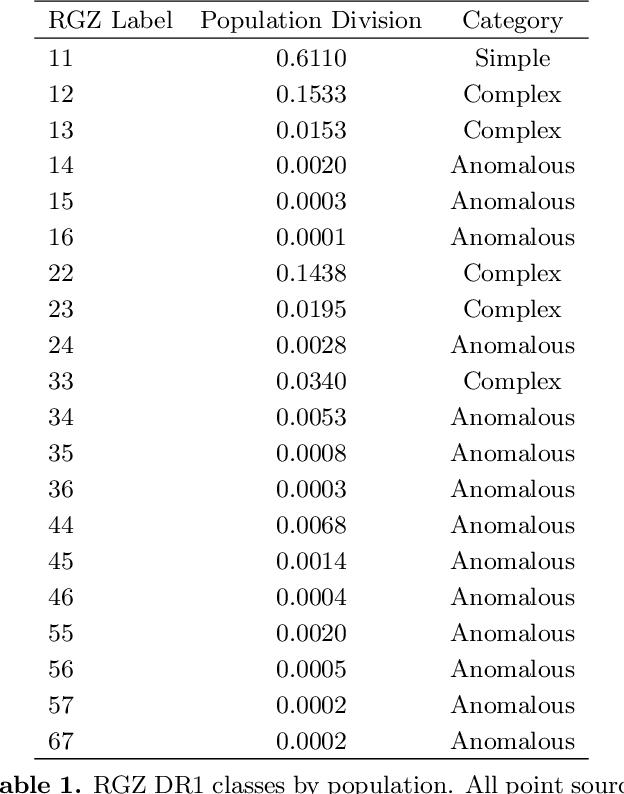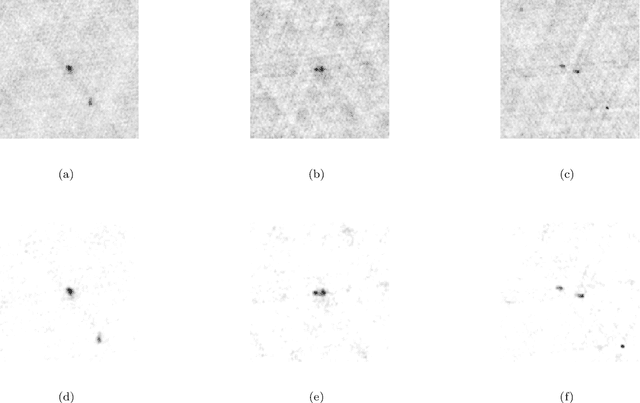Stanislav Shabala
RG-CAT: Detection Pipeline and Catalogue of Radio Galaxies in the EMU Pilot Survey
Mar 21, 2024Abstract:We present source detection and catalogue construction pipelines to build the first catalogue of radio galaxies from the 270 $\rm deg^2$ pilot survey of the Evolutionary Map of the Universe (EMU-PS) conducted with the Australian Square Kilometre Array Pathfinder (ASKAP) telescope. The detection pipeline uses Gal-DINO computer-vision networks (Gupta et al., 2024) to predict the categories of radio morphology and bounding boxes for radio sources, as well as their potential infrared host positions. The Gal-DINO network is trained and evaluated on approximately 5,000 visually inspected radio galaxies and their infrared hosts, encompassing both compact and extended radio morphologies. We find that the Intersection over Union (IoU) for the predicted and ground truth bounding boxes is larger than 0.5 for 99% of the radio sources, and 98% of predicted host positions are within $3^{\prime \prime}$ of the ground truth infrared host in the evaluation set. The catalogue construction pipeline uses the predictions of the trained network on the radio and infrared image cutouts based on the catalogue of radio components identified using the Selavy source finder algorithm. Confidence scores of the predictions are then used to prioritize Selavy components with higher scores and incorporate them first into the catalogue. This results in identifications for a total of 211,625 radio sources, with 201,211 classified as compact and unresolved. The remaining 10,414 are categorized as extended radio morphologies, including 582 FR-I, 5,602 FR-II, 1,494 FR-x (uncertain whether FR-I or FR-II), 2,375 R (single-peak resolved) radio galaxies, and 361 with peculiar and other rare morphologies. We cross-match the radio sources in the catalogue with the infrared and optical catalogues, finding infrared cross-matches for 73% and photometric redshifts for 36% of the radio galaxies.
Radio Galaxy Zoo: Unsupervised Clustering of Convolutionally Auto-encoded Radio-astronomical Images
Jun 07, 2019



Abstract:This paper demonstrates a novel and efficient unsupervised clustering method with the combination of a Self-Organising Map (SOM) and a convolutional autoencoder. The rapidly increasing volume of radio-astronomical data has increased demand for machine learning methods as solutions to classification and outlier detection. Major astronomical discoveries are unplanned and found in the unexpected, making unsupervised machine learning highly desirable by operating without assumptions and labelled training data. Our approach shows SOM training time is drastically reduced and high-level features can be clustered by training on auto-encoded feature vectors instead of raw images. Our results demonstrate this method is capable of accurately separating outliers on a SOM with neighbourhood similarity and K-means clustering of radio-astronomical features complexity. We present this method as a powerful new approach to data exploration by providing a detailed understanding of the morphology and relationships of Radio Galaxy Zoo (RGZ) dataset image features which can be applied to new radio survey data.
 Add to Chrome
Add to Chrome Add to Firefox
Add to Firefox Add to Edge
Add to Edge